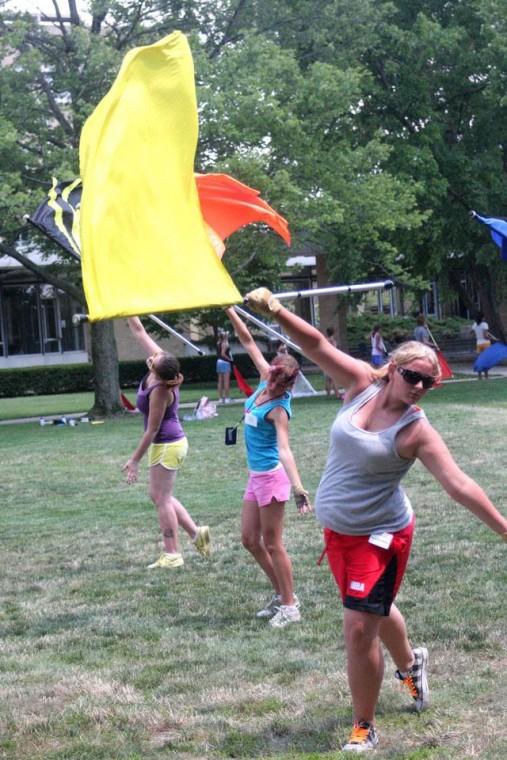Feature Photo: Color Guard
(ARA) – Concrete is so durable and dependable it’s easy to take it for granted. But like any other surface around a home, concrete needs maintenance – and sometimes repair.
In fact, performing simple upkeep on concrete surfaces when problems are relatively small can spare homeowners the time drain, expense and aggravation of minor problems that have developed into major issues.
Since economic conditions have made homeowners more vigilant about taking care of their homes, preserving exterior concrete surfaces, such as driveways, patios, steps and walkways, is a worthwhile investment. Fortunately, a number of the most common repairs are easy to do and can be accomplished in a weekend.
Surface renewal
Resurfacing old, worn or spalled concrete is an economical alternative to removal and replacement. Replacement can cost $3.50 or more per square foot whereas resurfacing – using a product such as Quikrete Concrete Resurfacer – costs 25 to 30 cents per square foot. To use:
* Thoroughly clean the old concrete to ensure the resurfacer will adhere properly. This can be achieved using a 3,500 psi high-duty pressure washer to clear dirt, debris, dust and any loose materials from the concrete.
* Use weather stripping to ensure the resurfacer doesn’t flow into the control or expansion joints. These are the clean lines that were cut into the concrete when it was poured to allow for the natural temperature-driven expansion and contraction of the concrete. Without joints, concrete will crack.
* Mix the resurfacing compound and the recommended amount of water in a 5-gallon bucket using a 1/2-inch drill and paddle mixer. The consistency should be lump-free and flowable. Sparingly add water to reach the desired consistency.
* Saturate the concrete surface and remove standing water from low spots. Pour the resurfacer and spread it with a long-handled squeegee. Use the squeegee to scrub the material into the surface. Within five minutes of completely covering the surface with the resurfacer, broom the surface, making sure all broom strokes go in the same direction.
Cosmetic work
Minor blemishes like small cracks can be repaired without resurfacing. Instead, try using a patching material such the Quikrete Patching Compound. Available in a ready-to-apply putty, the patching compound is ideal for minor repairs like small non-structural cracks and spalling less than 1/4 inch think.
Homeowners also can find polymer-modified compounds that bond directly to the concrete surface for a smooth repair. These compounds are self-bonding and -curing so no additives are needed.
Another option for cracks less than a half inch wide is Quikrete Concrete Crack Seal, which comes in a quart bottle that makes it easy to pour directly into the crack. Dry to the touch within 30 minutes, the sealant maintains adhesion through freeze/thaw cycles. Larger cracks may require a more flexible polyurethane sealant with increased bonding power and durability.
For more project ideas and information on concrete maintenance and repair, check out www.quikrete.com.
Courtesy of ARAcontent
Feature Photo: Color Guard
The south quad was the host of a camp for students in drill team. (Rob Warren/The Daily Eastern News)






































































